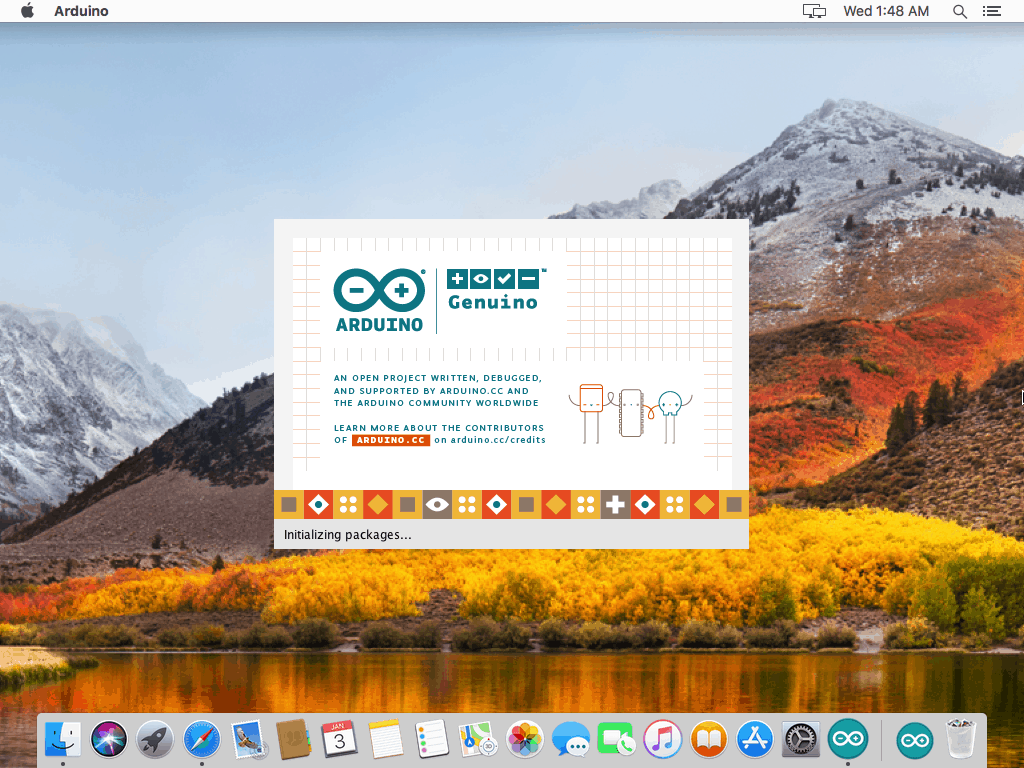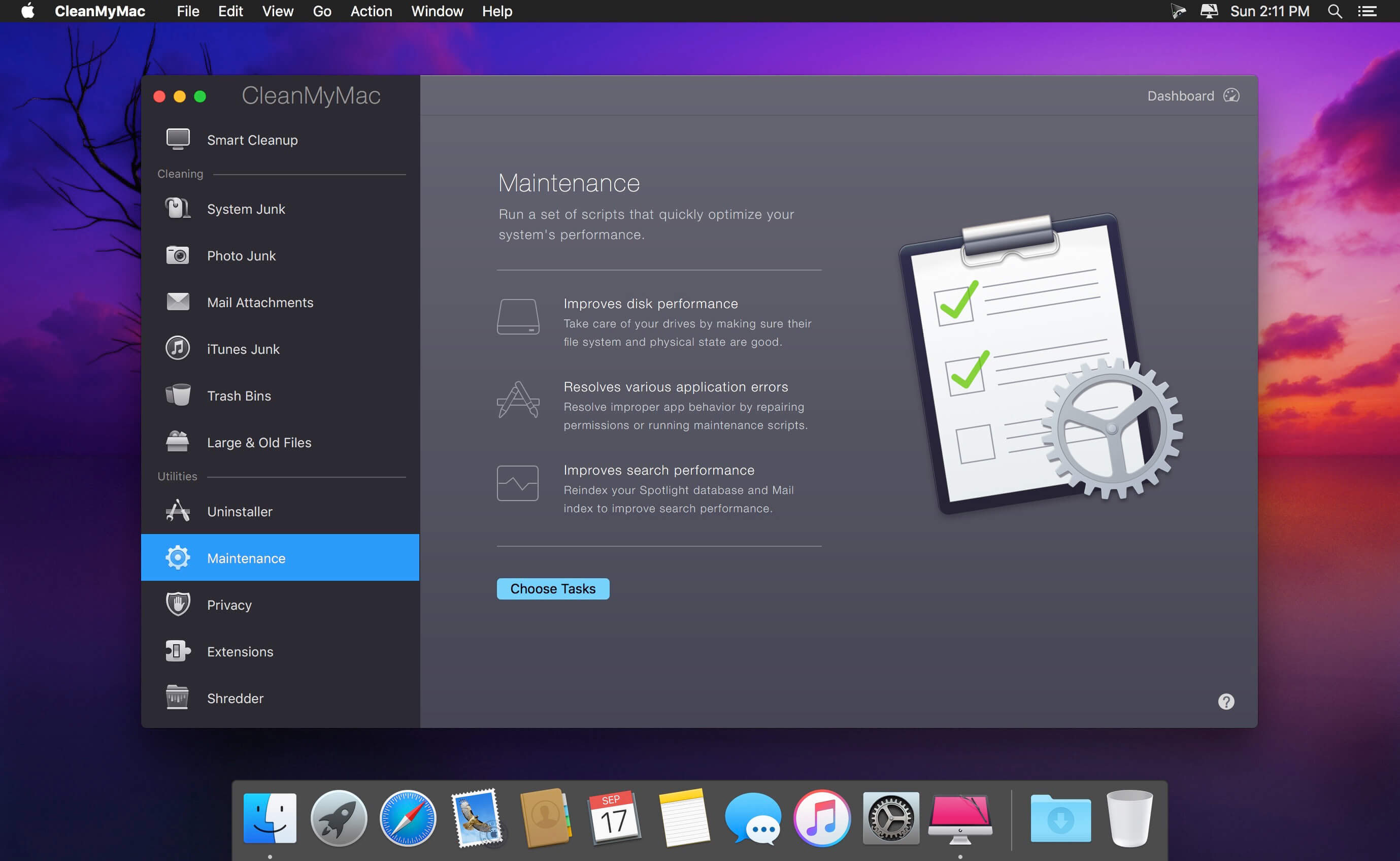

I don’t understand a lot of what I can see poking around with USB Prober, but I’m not seeing anything else that looks like a significant difference between the Leonardo board and the KL25Z (with MBED firmware).I’m working with a Middle School with 14 mBots using the 2.4G USB dongle. The biggest difference seems to be that the KL25Z board (with MBED firmware) offers one more interface-the mass-storage interface that is used for downloading programs to the board. Are they using different drivers? How do I find out?Īccording to the USB Prober application, the KL25Z board opens with
#Arduino for mac os x 10.6.8 driver
It does seem to have been a problem with OS 10.6 in other USB contexts:Īnd the stackoverflow answers suggest that the problem is buggy device driver, but I’ve no idea which device driver either the Leonardo or the KL25Z board (with MBED firmware) causes to be used on the Mac. I looked around the Web to see if anyone else had similar problems. Of course, I’m now left with a bit of a dilemma-how do I record data from the KL25Z board without having to unplug and replug the USB cable for every event I want to record?
#Arduino for mac os x 10.6.8 serial
Since the default serial setup is the same for both, I’m a little mystified what that could be.

There must be some difference between how the Leonardo sets up the USB serial connection and how the KL25Z board does it-a difference that causes a kernel busy-wait when reopening the stream from the KL25Z, but not when re-opening the stream from the Leonardo. I can run my little echoing program, ^C it, and run it again to continue getting the stream from the board. The same Python program also works fine with the Arduino Leonardo board, which does not reset. I have so such trouble with the Arduino Duemilanove board (which resets whenever the USB serial port is opened). It got to the blue screen, then spun the waiting icon forever (well, longer than I was willing to wait), so I had to use option-power to turn off the computer. Eventually, I got tired of the large number of unkillable processes, and tried restarting the computer. I could do this cycle repeatedly, since each time I plugged in the cable to the KL25Z board the Mac assigned a new device number, and I could thereby build up a lot of unkillable Python processes.

The Activity Monitor showed that the kernel was using 100% of a CPU core (I have a dual-core MacBook Pro, so this was only half the available CPU). This time, it was unable to open the USB serial port (never getting to the “Opened” print statement), and could not be killed. The program echoed the stream from the KL25Z board nicely to the terminal window, and the try-except block caught the ^C interrupt and (presumably) closed the port.


 0 kommentar(er)
0 kommentar(er)
